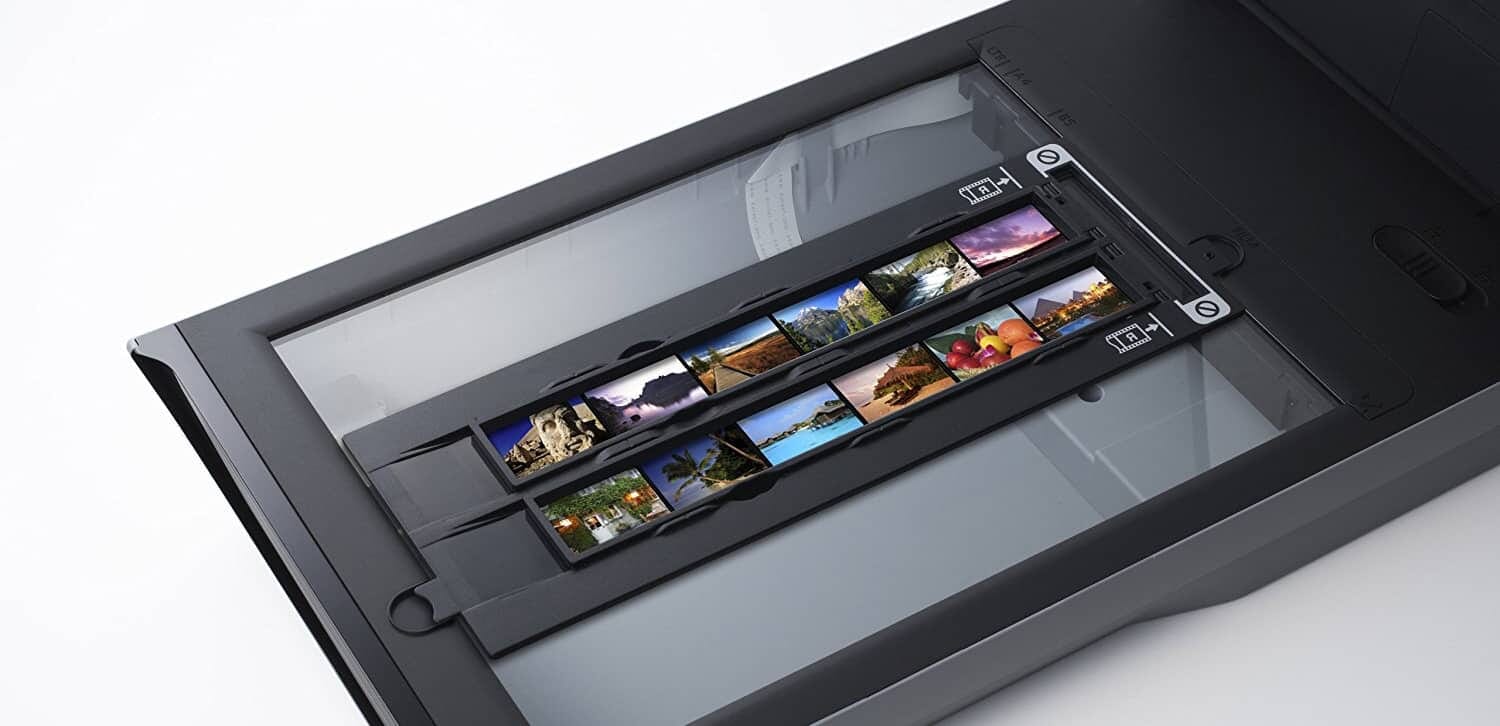

Although both Windows and Apple computers have photo organizing software, good organization starts with boring files and folders.Ģ. You don’t want to have to search through “My Documents”, “Desktop” or “Downloads” to find the image you need. Shop all images under “My Photo” or similar. Here, photographer Richard Sibley offers tips for keeping your image collection under control:ġ. When you have hundreds or more likely thousands of photos, it’s essential to organize them all to find an image when you need it.

“A dedicated negative scanner will give the best results for negatives, but they can be slow to scan and you need to be very careful to keep dust at bay or it will show up on scanned images.” HOW TO ORGANIZE YOUR DIGITAL PHOTOS “Some flatbed scanners come with mounts to scan standard 35mm negatives or even larger format slides,” says Richard. Scanning negatives: The majority of the photo scanners we’ve included in our roundup focus on scanning printed photos, but some models also scan negatives and transparencies. “I would suggest at least 3200 dpi and maybe more if you’re considering a printer to also scan negatives,” says photographer Richard Sibley.Ĥ. Resolution: The higher the resolution, the more detail the scanner will see. Also check if it has a manual or automatic photo scanning feature.ģ. That’s why it pays to have a fast and efficient scanner on hand, so check the scanner to see how long it will scan each photo. Speed: Scanning photos into digital format can be a laborious task if you have hundreds to sift through. If you plan to scan a lot of photos, a dedicated photo scanner will be the best option for digitizing your collection, both in terms of quality and functionality.Ģ. Photo scanner or all-in-one printer? You can find a multitude of photo scanners and all-in-one printers on the market – the latter being able to both scan and print photos and documents.

(Image credit: Epson photo scanner) HOW TO CHOOSE THE BEST PHOTO SCANNERĬonsider this when choosing which scanner to buy:ġ.


 0 kommentar(er)
0 kommentar(er)
